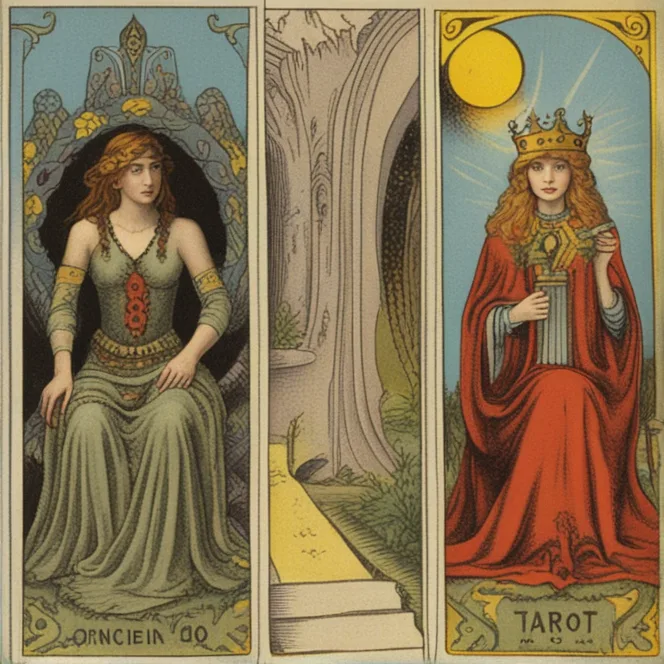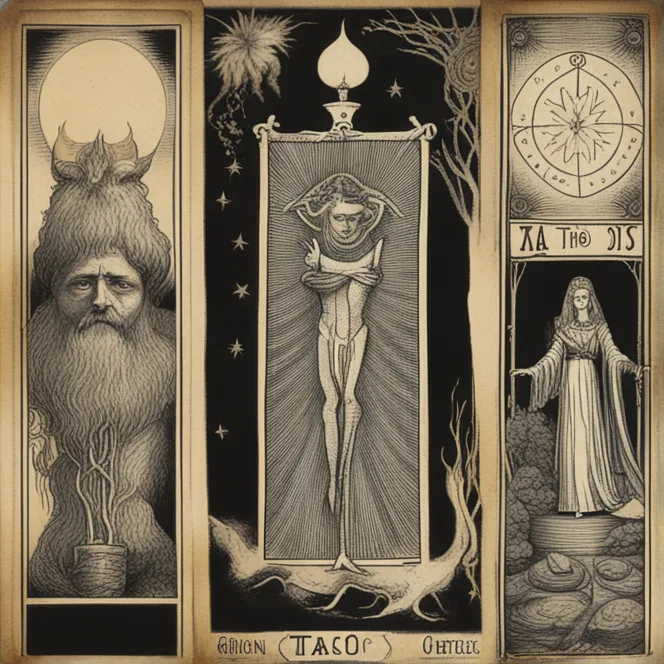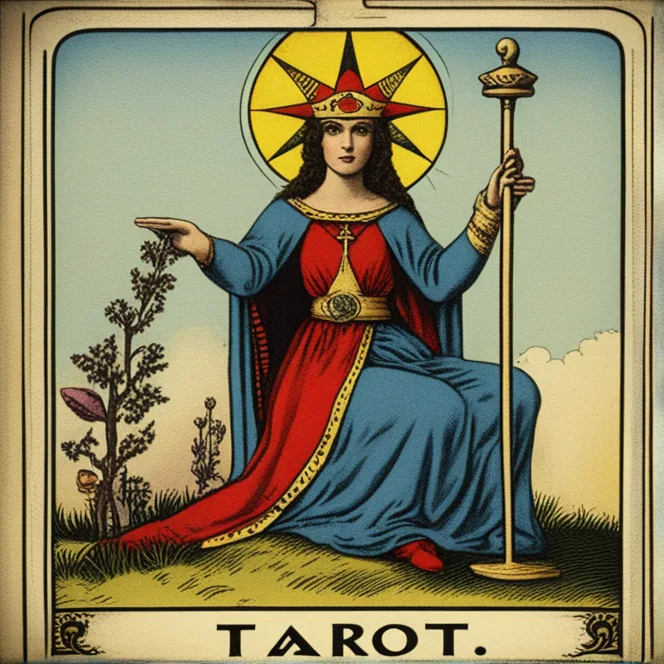
The Mystery Begins
Long before tarot became synonymous with divination and esotericism, its origins were shrouded in mystery, with historical accounts often mingling with myth. The first known tarot decks appeared in the 15th century, emerging in the cultural hotbed of the Italian Renaissance. Originally called 'carte da trionfi' or 'cards of triumph', these decks were used for a game known as tarocchi, bearing semblance to modern bridge but imbued with allegorical imagery.

Evolution of Symbolism
The allegories depicted in early tarot decks drew from a plethora of sources, encompassing themes from astrology, Kabbalah, medieval iconography, and classical mythology. The rich tapestry of symbols afforded the cards a sense of mystical wisdom that transcended their playful origins. The Major Arcana, in particular, featuring archetypes like The Fool, The Magician, and Death, mirrored the human experience and spiritual journey, laying the groundwork for the transformative power tarot would hold in spiritual circles.

Tarot and the Occult
It was during the 18th and 19th centuries that tarot's association with the occult truly solidified. Visionaries like Antoine Court de Gébelin proposed that tarot cards held ancient knowledge from Egyptian mysteries, though no empirical evidence supported these claims. Later, figures such as Éliphas Lévi linked the cards with the Kabbalah and astrology, further embedding them into the framework of Western esoteric thought. The mystique of the tarot was thus entrenched as a tool for divination and self-discovery.

Standardization of the Tarot
The Rider-Waite-Smith deck, created in the early 20th century, marked a significant moment in the standardization of tarot symbolism. Illustrated by Pamela Colman Smith under the guidance of academic and mystic A.E. Waite, this deck featured evocative imagery that made the abstract concepts accessible to a broader audience. The Smith's interpretations have profoundly influenced nearly all subsequent tarot decks and its symbolism has become a lingua franca within tarot communities.

Modern Tarot Renaissance
New Age movements of the 20th century sparked a tarot renaissance, as the cards became a medium for psychoanalysis, creativity, and personal growth. Today, tarot enjoys ubiquity in popular culture, with myriad decks reflecting diverse artistic styles and interpretations. Modern tarot practitioners often approach the cards from a psychological perspective, using them as mirrors to the subconscious, and guides for contemplation rather than strict tools for predicting the future.
Tarot's Enduring Appeal
The enduring appeal of tarot lies in its ability to bridge the conscious and the subconscious, the material and the spiritual. Its cards serve as a canvas upon which myriad narratives and insights can play out, reflecting the universal quest for understanding life's mysteries. As vehicles for self-reflection, tarot cards continue to captivate those seeking to navigate the complexities of existence, providing a unique blend of artistry, psychology, and spirituality.
Published: 12/6/2023
Modified: 12/6/2023
More predictions
Come back here soon to learn more about yourself and your future


The Reality of Tarot: Unveiling The Mystique
Explore the enigmatic world of tarot cards to discern myth from reality, and the role they play in the realms of spirituality and self-reflection.


Exploring The Reality Of Tarot Cards
Delve into the mystical world of tarot cards to understand their reality and the role they play in divination practices.


Tarotscope's Role In Decision Making
In a world filled with choices and uncertainties, seeking guidance and clarity is a natural human inclination. For centuries, people have turned to various divination tools to gain insights into their lives and make informed decisions. One such tool, Tarotscope, has stood the test of time and continues to provide valuable perspectives. In this article, we will delve deeper into the role of Tarotscope in decision-making, shedding light on how it can offer insights, guidance, and a sense of direction in the face of life's challenges.